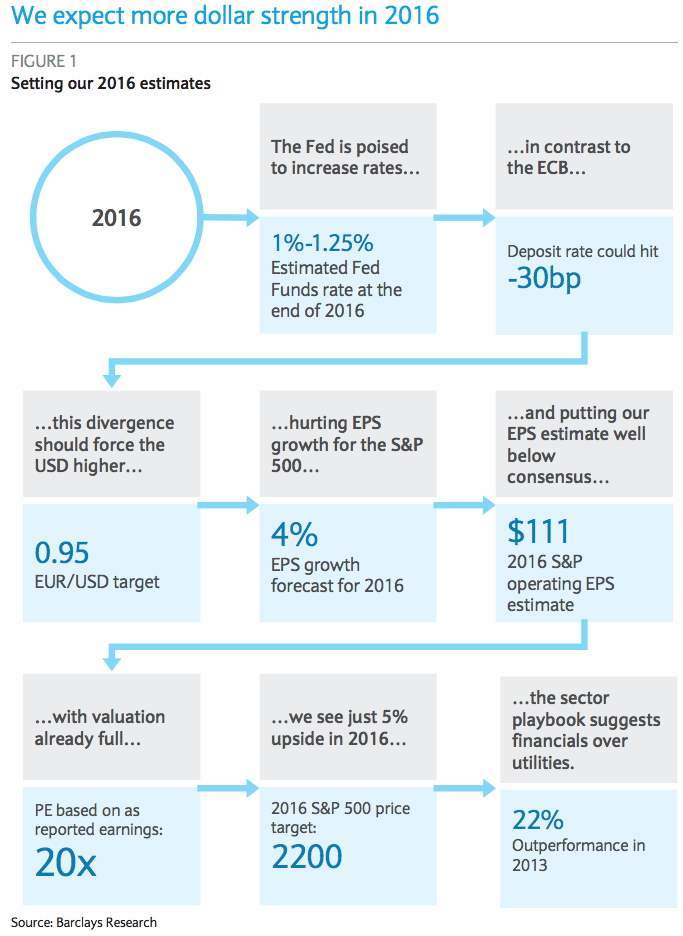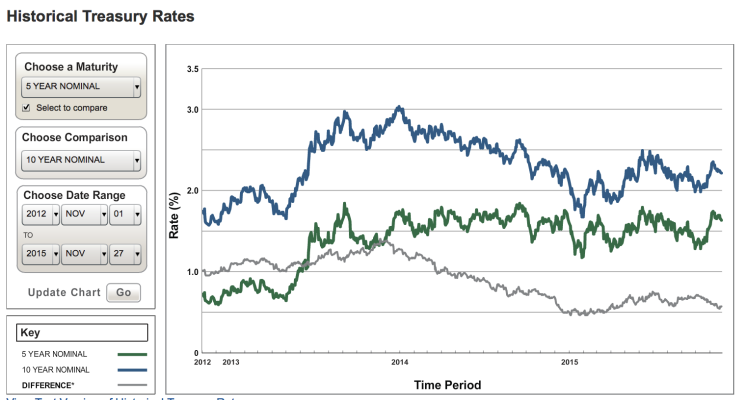pb4uski
Give me a museum and I'll fill it. (Picasso) Give me a forum ...
.....I think he changed his opinion due to his clients behavior in the past recession (i.e. selling at the bottom and doing irretrievable damage). However, his clients need to have a minimum of $25M and have clearly "won the game" where an extra million or two (or five) won't make much difference. With my puny stash, I'd be thrilled with extra gains from equities and so I have not seriously considered liability matching.
Client behavior doesn't make the strategy bad or inappropriate.... if that is the case it is an implementation problem, not a flawed strategy.
Sent from my SAMSUNG-SGH-I777 using Early Retirement Forum mobile app


